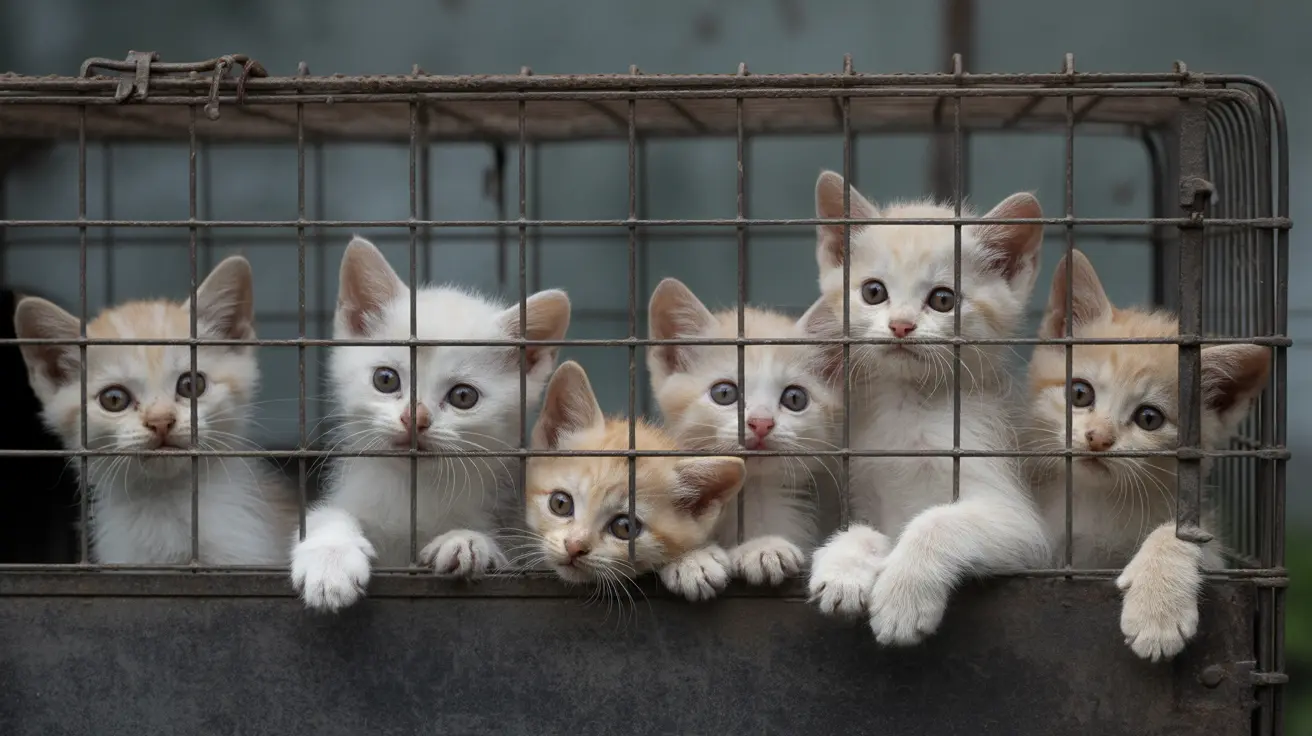Understanding the Survival Rate of Feline Calicivirus (FCV)
Feline calicivirus (FCV) is a common and highly contagious virus that primarily affects the upper respiratory tract and oral health in cats. Distributed globally, this virus is most prevalent in areas where multiple cats live together, such as shelters, catteries, and multi-cat households. Although infection is widespread, most infected cats recover well — but certain strains can be fatal. This guide explores the survival rate of FCV, factors influencing outcomes, and what pet owners need to know.
What Is FCV and How Does It Affect Cats?
FCV is a non-enveloped, single-stranded RNA virus from the Caliciviridae family. The virus mutates frequently, forming several strains with varying degrees of virulence. Most of these strains cause mild to moderate symptoms such as sneezing, nasal and ocular discharge, and painful oral ulcers. However, some can lead to more serious conditions, including:
- Chronic gingivostomatitis
- Lameness syndrome
- Highly virulent systemic disease (VS-FCV)
Typical Outcomes and Survival Expectations
In general, the survival rate of FCV is high. Most healthy adult cats and kittens, particularly those that are vaccinated and well cared for, will recover fully within 1 to 3 weeks of infection. Supportive care, including fluid therapy, pain relief, and nutritional support, greatly enhances recovery chances.
However, the prognosis changes drastically when dealing with virulent systemic strains (VS-FCV). These strains can cause systemic inflammation, pneumonia, and even multi-organ failure. In outbreaks of VS-FCV, mortality rates can range from 30–70% or even higher — particularly in adult cats or those with compromised immune systems.
Key Factors Affecting Survival Rate
- Viral Strain: Standard FCV strains result in a mild infection, while virulent strains can cause severe illness and increased mortality.
- Cat’s Immune Status: Kittens, elderly cats, or those with a weakened immune system have a higher risk of complications.
- Vaccination: Vaccinated cats generally experience milder symptoms and have a better chance of recovery.
- Timely Supportive Care: Proper management of symptoms like dehydration and secondary bacterial infections is critical to survival.
- Stress and Environmental Factors: Overcrowded or unsanitary conditions increase susceptibility and severity.
How FCV Is Diagnosed
Diagnosis is often clinical — based on visible symptoms like oral ulcers and respiratory discharge. Confirming the virus involves:
- PCR testing from oral, nasal, or conjunctival swabs
- Virus isolation in laboratory settings
- Serological testing (less commonly used)
Note that vaccinated and asymptomatic carrier cats can still test positive, so test results must be interpreted alongside clinical signs.
Management and Treatment Approaches
There is no direct antiviral therapy for FCV, so treatment focuses on supportive care:
- Hydration and nutrition: Encourage eating or use feeding tubes if necessary
- Pain relief: Non-steroidal anti-inflammatory drugs (NSAIDs) as appropriate
- Antibiotics: If secondary bacterial infections are suspected
- Respiratory and ocular support: Nebulization, eye drops, and hygiene
Sometimes, advanced dental procedures or immunomodulatory drugs are required for chronic oral inflammation.
The Role of Vaccination in Improving Survival
Vaccination significantly improves the prognosis of FCV. While it does not fully prevent infection or halt virus shedding, it:
- Reduces severity of clinical signs
- Shortens duration of illness
- Lowers likelihood of transmission
Kitten immunization begins at 8–9 weeks with boosters at regular intervals. Adult cats should also follow appropriate booster schedules based on their risk level.
Preventive Measures and Long-Term Care
Maximizing a cat’s survival chances involves proactive prevention:
- Isolate new cats for 2–3 weeks before introducing them to resident cats
- Enforce strict hygiene by disinfecting surfaces and hands regularly
- Reduce stress with a stable routine and enriching environment
- Minimize overcrowding to lower transmission risk
Chronic Carriers and Ongoing Risks
Even after recovery, some cats become chronic FCV carriers, shedding the virus periodically for months or even a lifetime. These cats may remain asymptomatic or develop long-term issues like gingivostomatitis. While they generally do not require treatment, they can act as sources of infection for others.
Conclusion: Hope with Vigilance
In summary, the survival rate of feline calicivirus is high for most cats, particularly those receiving proper care and vaccination. Vigilance, timely intervention, and preventive strategies dramatically improve the prognosis. However, awareness of more dangerous strains and individual risk factors is essential to manage potential complications effectively.





